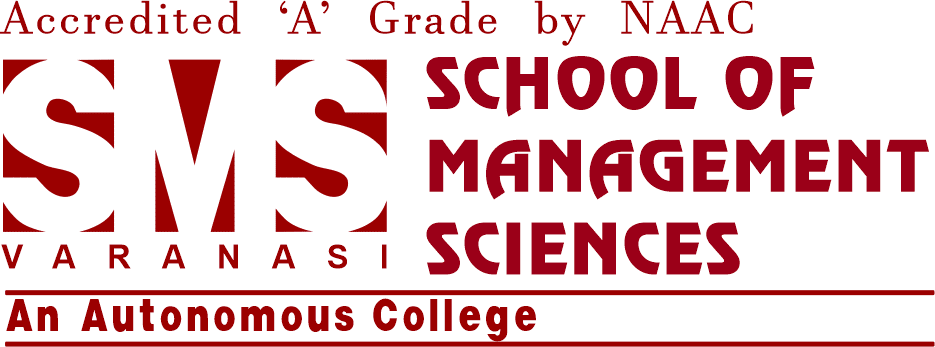
inventory management is a high-wire balancing act. Too little inventory leads to frustrated customers and lost sales, while too much eats into profits and ties up precious resources. In Part 1 of this article, we discussed the consequences of poor inventory management and introduced the key concepts that form the foundation of a successful approach. We explored demand forecasting, reorder points, and safety stock, emphasising their importance in avoiding stockouts and overstocking.
We also examined powerful inventory management models like Economic Order Quantity (EOQ), ABC Analysis, and Just-in-Time (JIT), giving you the tools to optimise your decision-making. In Part 2, we’ll examine real-world inventory control case studies, illustrating how these concepts translate into business success. Finally, we’ll offer additional tips and strategies to help you master the art of inventory management and ensure your business always has what it needs, when it needs it.
Inventory Control Case Studies
Inventory Control Case Study #1: ‘The Sweet Struggles of Banarasi Bliss’ (Hypothetical)
Banarasi Bliss, a renowned sweet shop in Varanasi, specializes in delectable local delicacies. Their sweets like the melt-in-your-mouth Malaiyo, the decadent Laung Lata, and the festive favourite Kheer Kadam are handcrafted with seasonal ingredients and are highly sought after, especially during special occasions. Let’s explore their challenges:
- The Problem: Demand for their sweets was highly seasonal and unpredictable. Despite their popularity, they frequently faced these issues:
- Spoilage: Perishable ingredients, especially for Malaiyo, and excess production led to substantial wastage, particularly after peak seasons.
- Frustrated Customers: Stockouts of popular sweets like Laung Lata during festivals disappointed loyal customers and damaged their reputation.
- The Solution: Banarasi Bliss decided to revamp their inventory practices:
- Demand Forecasting: They analyzed historical sales data, paying close attention to festival periods and popular items like Kheer Kadam to improve future estimations.
- Reorder Points & Safety Stock: Calculated for critical ingredients (like fresh milk, saffron, nuts) and finished sweets, factoring in lead times from local suppliers and a buffer to account for demand surges.
- Just-in-Time Mindset: Emphasized smaller production batches of Malaiyo, aligning with expected demand and focusing on freshness.
- The Results: Here’s how Banarasi Bliss benefited:
- Reduced Wastage: Better forecasting and smaller batches significantly decreased spoilage of perishable ingredients, especially for their delicate Malaiyo.
- Happy Customers: Minimized stockouts on high-demand sweets like Laung Lata and Kheer Kadam, especially during festivals, leading to increased customer satisfaction.
- Improved Reputation: Their focus on freshness and availability strengthened their reputation as a reliable sweet provider.
- Cost Savings: Reduced wastage and smarter ordering practices saved them money.
Key Takeaway: This case study shows that even businesses dealing with perishable and seasonal products can significantly benefit from implementing inventory control techniques. It emphasizes the importance of understanding demand patterns and taking steps to avoid stockouts and waste.
Inventory Control Case Study #2: Optimizing Inventory at UniStationery (Hypothetical)
UniStationery, a bustling department store on the vibrant campus of SMS University, caters to the stationery needs of thousands of students and faculty. They offer a vast selection of notebooks, pens, highlighters, printer cartridges, and other essential supplies. However, maintaining optimal inventory levels proved to be a constant challenge.
The Problem: UniStationery faced two major inventory control issues:
- Overstocking: During semesters, specific items like notebooks and printer cartridges flew off the shelves. However, after exams and during breaks, demand plummeted, leaving UniStationery with an excess of unsold stock. This led to:
- Wasted Space: Valuable storage space became occupied by slow-moving or obsolete items.
- Reduced Cash Flow: Capital was tied up in underperforming inventory, hindering their ability to invest in new products or restock popular items.
- Stockouts: UniStationery underestimated demand at times, leading to stockouts of crucial items like highlighters and printer paper during peak periods, causing student frustration and lost sales.
The Solution: Recognizing the need for an efficient inventory control system, UniStationery implemented several strategies:
- Demand Forecasting: They analyzed historical sales data, paying attention to semester schedules, exam periods, and popular course requirements. This helped predict sales patterns and adjust stock levels accordingly.
- ABC Analysis: UniStationery categorized its inventory based on value and demand. High-value items like printer cartridges received closer attention and stricter reorder points. For lower-value items like pens, larger safety stock levels were maintained.
- Minimum Order Quantities (MOQs): UniStationery negotiated better deals with suppliers by agreeing to minimum order quantities. However, they carefully calculated MOQs to avoid overstocking less popular items.
- Just-in-Time (JIT) Inventory for Specific Items: Certain high-demand items like printer paper were ordered using a JIT approach, ensuring a steady flow without excessive storage requirements.
- Promotional Strategies: To clear slow-moving inventory, UniStationery implemented targeted promotions and bundle offers during off-peak periods.
The Results: UniStationery saw significant improvements in their inventory management after implementing these strategies:
- Reduced Waste: Overstocking was minimized, leading to less product spoilage and expired inventory.
- Freed Up Space: Released storage space allowed them to stock new products or increase safety stock for popular items.
- Improved Cash Flow: Reduced investment in stagnant inventory freed up capital for other initiatives.
- Minimized Stockouts: By accurately forecasting demand, UniStationery ensured students and faculty had access to essential supplies throughout the semester.
- Increased Customer Satisfaction: Consistent availability of needed supplies improved student and faculty experience, leading to better customer satisfaction.
Key Takeaway: UniStationery’s case study highlights how a university stationery department can overcome inventory control challenges through data-driven strategies and implementing best practices like demand forecasting, ABC analysis, and JIT inventory management.
By optimizing its inventory levels, UniStationery not only reduced waste and improved cash flow but also enhanced customer satisfaction by ensuring consistent availability of essential supplies.
Additional Tips for Inventory Management
- Tech Tools for Inventory Management: Inventory management software isn’t just for big corporations. Even basic software streamlines stock tracking, automates reordering, and helps you spot trends with its data superpowers. This frees up your time to focus on strategy!
Some free tools you can use are Google Sheets or Microsoft Excel. Free Inventory Management tools you can try are Zoho Inventory, Square, Fishbowl Inventory, and Odoo.
- Suppliers Are Partners, Not Adversaries: Building strong supplier relationships is vital for a smooth-flowing inventory. Open communication about lead times, and potential delays, and sharing demand forecasts helps them help you. It’s a win-win!
- Don’t Trust, Verify: Regular Audits Your inventory records may look spotless on paper, but the real world is messy. Regular physical audits and spot checks reveal discrepancies between your system and actual stock. This helps you catch errors early, preventing nasty surprises.
Remember, inventory management isn’t a set-it-and-forget-it task. These tips will help you achieve those elusive goals of zero stockouts, minimal waste, and ultimately, a thriving business!





